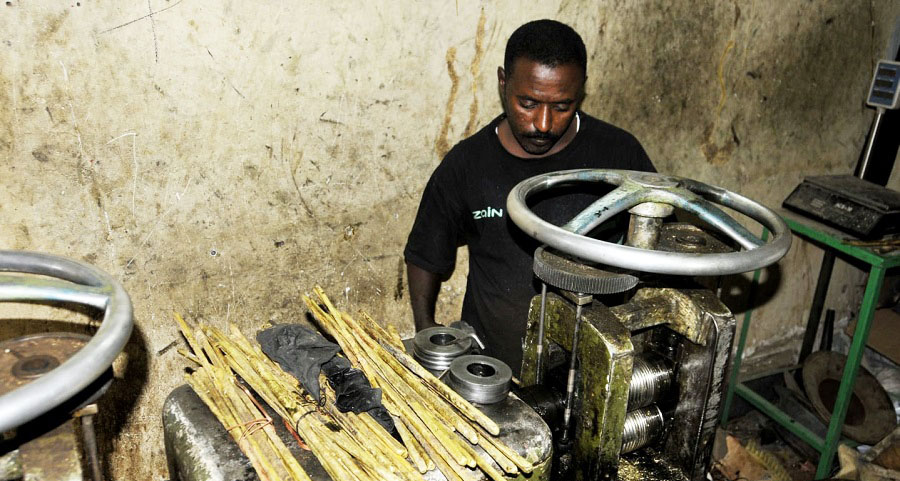
300 Artisan Workshops Complexes Destroyed by War in Khartoum
Moatinoon
A source from the Sudanese Artisans Union revealed an initial estimate of the destruction and looting inflicted on the handicrafts sector due to the war. Around 300 sites, representing artisan workshops and worker complexes in the markets of Khartoum’s seven localities, have been destroyed or looted. Additionally, more than 600 factories have ceased operations, and approximately 3,500 small artisan workshops in various neighborhoods across the Sudanese capital have been damaged or looted.
According to Independent Arabia, skilled artisans and workers lost their jobs in industrial areas that are now either looted, destroyed, or unsafe. These include four industrial complexes in Omdurman, three in Khartoum, and six in Khartoum North. The source stated, "Most artisans, including blacksmiths, mechanics, electricians, plumbers, construction workers, and others, were forced to seek alternative jobs in towns and villages where they have been displaced."
The same source added that despite the significant damage and neglect artisans faced even before the war, they remain hopeful for peace. They aspire to contribute to rebuilding what has been destroyed. Some have already begun rehabilitating service and health facilities in safe areas over the past months.
The labor force in Sudans handicrafts sector is officially estimated to range between 10 and 15 million out of a total population of over 48 million. However, unemployment has surged to 47%, with the value of the national currency plummeting and inflation rising since the war began in mid-April last year, according to International Monetary Fund reports.
A Critical Loss to the Nation
In a report by Independent Arabia, management and development expert Abdelbagi Al-Amir described the collapse of the artisan sector as "an irreplaceable loss for the country." He emphasized that technical education in Sudan does not meet labor market demands, with only 15% of students pursuing vocational training compared to 85% in academic education. "Most of the displaced artisans learned their trade independently or inherited it from their parents. Once the war ends, the gap will widen further due to the enormous demand for reconstruction, which will require far more skilled workers and artisans than currently available," Al-Amir noted.
Urgent Need for Training and Support
Abdelraoof Abdelmajid, a former instructor at the Qurashi Institute for Vocational Training, pointed out that "the limited number of vocational training centers was the only source of skilled labor, given the weak technical education system and the disappearance of specialized industrial schools." He stressed the urgent need to rehabilitate this sector and establish diverse, specialized workshops to ensure skilled artisans can take on the responsibility of rebuilding and repairing the war-torn infrastructure.
Abdelmajid also criticized the historical neglect of artisans by successive governments, stating that the sector had been systematically overlooked despite its crucial role in development and public services. This neglect has reduced its contribution to the national economy to a mere 6%.

